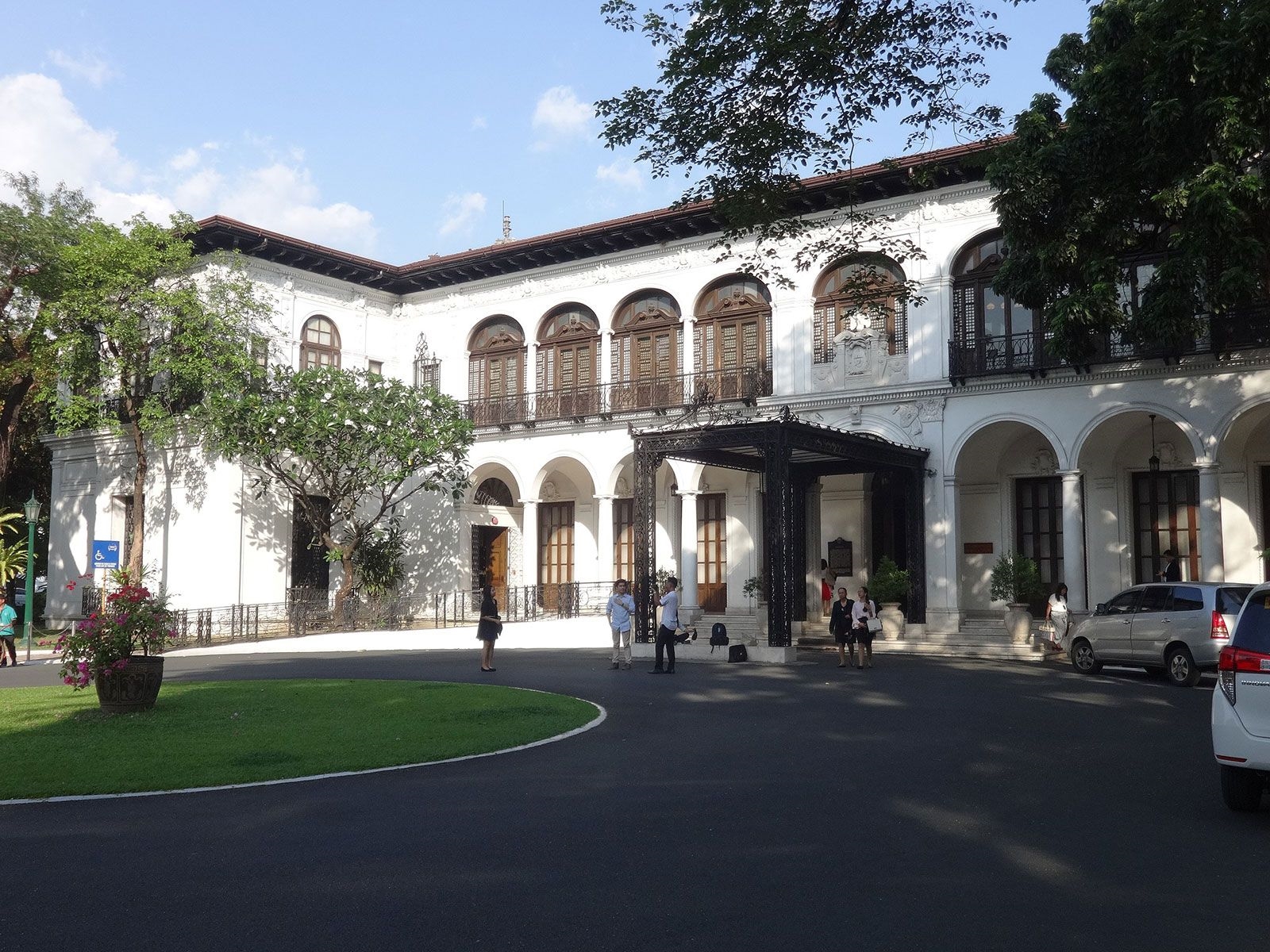Discovering the History of the Malacañang Palace
The Malacañang Palace, located in Manila, Philippines, is not just an architectural marvel but also a significant symbol of the country’s political history. As the official residence and workplace of the President of the Philippines, it has witnessed numerous historical events and transformations. This guide aims to provide practical insights into the rich history of the Malacañang Palace for those interested in understanding its past and significance.
Origins and Early History
The Malacañang Palace’s history dates back to the Spanish colonial period. Originally built in 1750 as a summer house for Spanish aristocrat Don Luis Rocha, it was later purchased by the Spanish government in 1825. The name “Malacañang” is believed to have originated from the Tagalog phrase “May lakan diyan,” meaning “There is a nobleman there,” reflecting its status as a residence for the elite.
During the Spanish colonial era, the palace served as the official residence of the Spanish Governor-General. Its strategic location along the Pasig River made it an ideal spot for governance and administration. Over the years, the structure underwent several renovations and expansions to accommodate the growing needs of the colonial government.
American and Japanese Occupation
The transition from Spanish to American rule in the late 19th century marked a new chapter in the history of the Malacañang Palace. When the Philippines became a U.S. territory following the Spanish-American War, the palace became the residence of the American Governor-General. The Americans introduced significant architectural changes, including the addition of a new wing and modern amenities, reflecting their influence on the country’s infrastructure.
During World War II, the palace was occupied by Japanese forces, who used it as a military headquarters. This period was marked by significant turmoil and damage to the structure. However, the palace survived the war and was restored to its former glory in the post-war years, symbolizing the resilience and recovery of the Filipino people.
Post-Independence Era
After the Philippines gained independence in 1946, the Malacañang Palace became the official residence of the President of the Philippines. Each administration has left its mark on the palace, with various renovations and improvements reflecting the changing times and needs of the government.
The palace has been the backdrop for numerous significant events in Philippine history, including the declaration of martial law by President Ferdinand Marcos in 1972 and the People Power Revolution in 1986, which led to the ousting of Marcos and the restoration of democracy. These events have cemented the palace’s role as a symbol of political power and change in the country.
Today, the Malacañang Palace continues to serve as the seat of the Philippine government, hosting official functions and state visits. While access to the palace is restricted, the nearby Malacañang Museum and Library offer visitors a glimpse into its storied past, showcasing artifacts, documents, and exhibits that highlight its historical significance.
